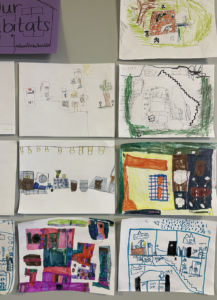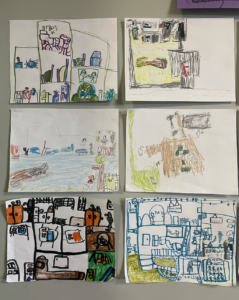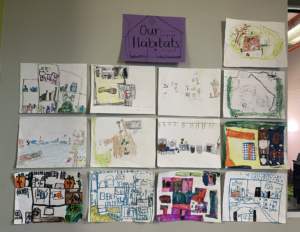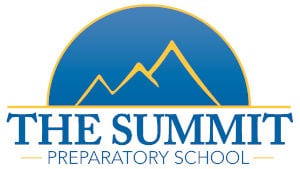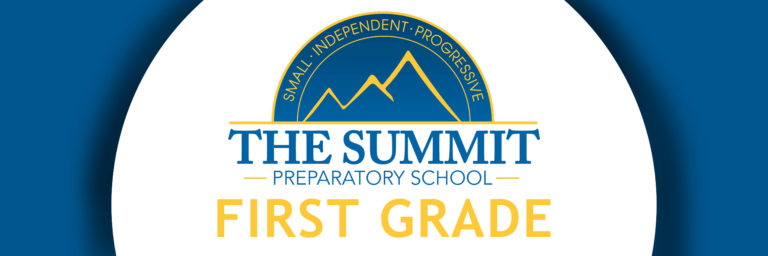Trimester 3 has just begun and first graders are beginning a unit on animals, classifications and habitats. Before we can dive deep into the six main natural habitats on Earth, we needed to learn what a habitat was! First graders learned that a habitat is where an animal lives (and we are animals, too!). An important part of a habitat is that it must include all of the necessary resources to support the animals that live there. Those resources include shelter, a water source, a food source, and space. We discussed that these are just the basics – a great habitat would also include other benefits for the animal. For humans, these additional resources would include a bed to promote sleep, a toilet and shower for hygiene, and items like books, games and puzzles to keep your brain sharp.
After they learned about what is required for a habitat, first graders created a detailed drawing of their own habitats. They were sure to include all of the necessary resources. Of course, our homes serve as the shelter itself. Students considered the importance of kitchens, restrooms, comfy places, things to help our brains grow, and space to move around.
